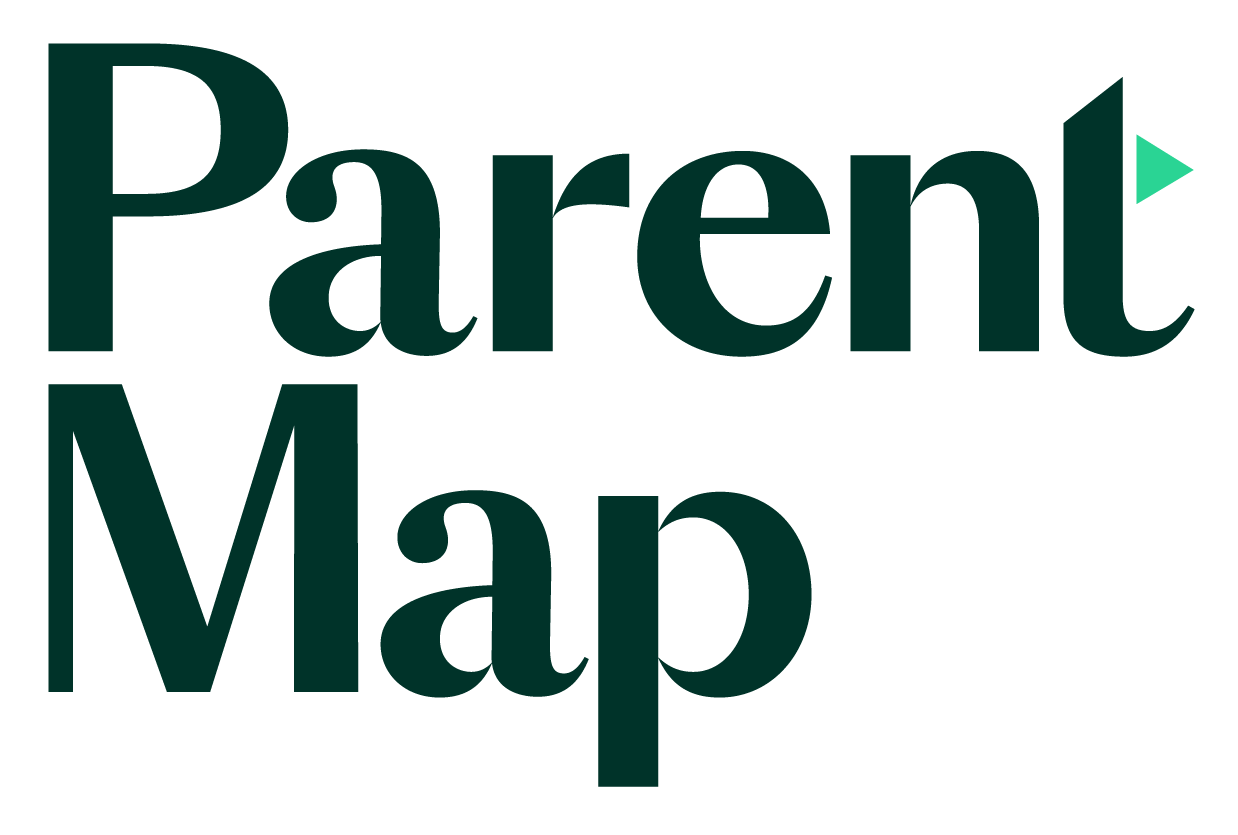
Photo:
iStock
Editor’s note: This article was sponsored by the Washington College Savings Plans (WA529).
Children’s dreams are limitless and full of aspiration. They dream of becoming firefighters, teachers, veterinarians, artists, writers or astronauts. While some kids never waver from their dreams, others’ dreams evolve as they grow up. Whatever your child’s future holds, the path to achieving success will likely require hard work, a higher education path and a plan to cover the costs associated with it.
There’s no better time than National Financial Literacy Month, in April, to start having those meaningful conversations about money and saving with kids. There are so many clever ways and practical resources that teach children basic money concepts and incorporate valuable lessons into their daily lives. By teaching children the basics now, parents can prepare them to achieve their dreams later.
Start by teaching basic concepts
Children are naturally curious about everything, including money. Early in life, they may observe obvious money basics — things like where money is kept and when it’s used. Parents can turn kids’ curiosity into tangible life lessons with simple actions — for example, pulling out coins and dollar bills from pockets or wallets and explaining the value of each. Recognizing different coins and bills and how much each is worth is a priceless first step to a child’s financial awareness.
Playing money games is another great first step. For younger children, it can be as simple as sorting coins and bills by color or monetary value to give them hands-on experience with different forms of money. Engaging kids in creative shopping games at home can help them relate to how we use money in everyday life, too.

Find financial lessons in daily life
Nearly every outing families take can be turned into a conversation about money, its value and its purpose. It only takes a few minutes to draw attention to and discuss the cost of family activities. Parents can point out free outings, for example, a visit to the library or the park; or those that involve a cost, for example, a visit to the zoo, the grocery store or the dentist. Eventually, conversations like these will get deeper and more involved. Parents can discuss that while the visit to the park is free, transportation to get there and parking are not necessarily free, and while the trip to the grocery store costs money, it is a necessary expense.
As these basic discussions evolve, another important financial lesson naturally happens — helping kids understand the difference between things they need and things they want. Understanding needs and wants is a key element that guides spending decisions. It leads to conversations about earning money and whether we need to use the money right away or save it. Children’s books, board games, educational workbooks, virtual games, and websites or apps can also be excellent resources for inspiring these conversations.
Children also observe parents’ daily work routines and take note of other people working, too. Talking with kids about how jobs help parents earn money to pay for things families need and want is a tangible way to introduce the concept of earning money, another valuable financial lesson kids will need to understand to succeed.
Model good money habits
The timeless phrase “lead by example” applies to teaching kids money management skills, too. Children learn by observing — if they see parents budgeting, saving and making thoughtful spending decisions, they will likely follow their lead.
When they start earning money, it’s a great opportunity to talk to your kids about money management and both short- and long-term savings goals. “Kids learn by watching us. By modeling good money management, like saving for education, we help them develop healthy financial habits for the future,” says Lynda Ridgeway, director of Washington Education Savings Plans (WA529).
Another great method for teaching kids money management is setting up money jars. Have kids create one jar for spending, one for saving and one for giving. When they earn an allowance or receive money as a gift, encourage them to contribute a certain percentage to each category based on their money management plan.

Pave the path to their dreams
Parents can also model future savings and planning by talking to kids about their higher education plan and how to cover the costs associated with it, whatever path they choose. According to recent studies, children are more likely to pursue higher education when they know they have financial resources set aside to help them achieve their dreams.
Opening a GET Prepaid Tuition Plan or WA529 Invest Savings Plan account and contributing to it regularly can help kids visualize how savings add up over time. “Washington Education Savings Plans offer families a tax-advantaged way to save for future college and career training expenses,” says Ridgeway. “GET lets families prepay for a child’s future college tuition at today's price, protecting against the rising cost of education. On the other hand, WA529 Invest offers flexibility, allowing families to choose from a variety of investment options based on their risk tolerance."
By teaching kids about money and involving them in saving for their higher education, parents can help them develop sound financial habits that will serve them well into adulthood.
|
Sponsored by:  |
|
|











